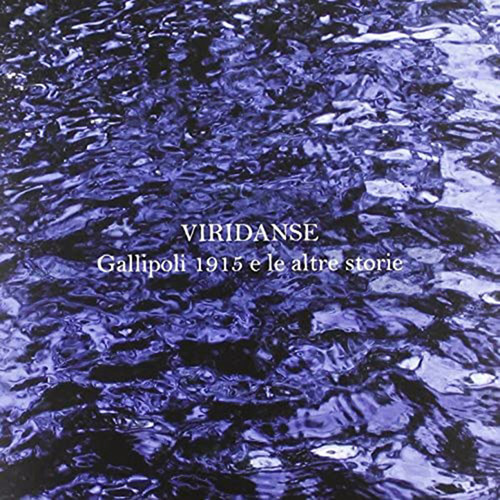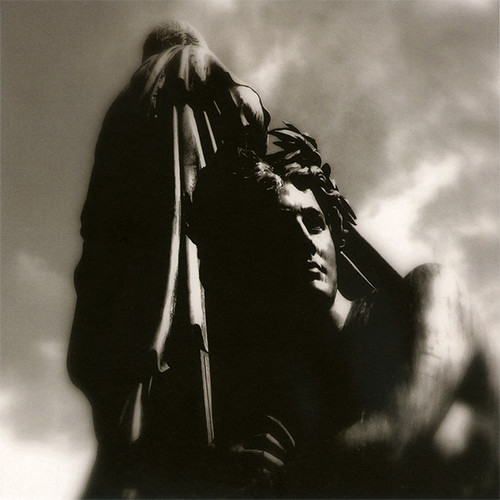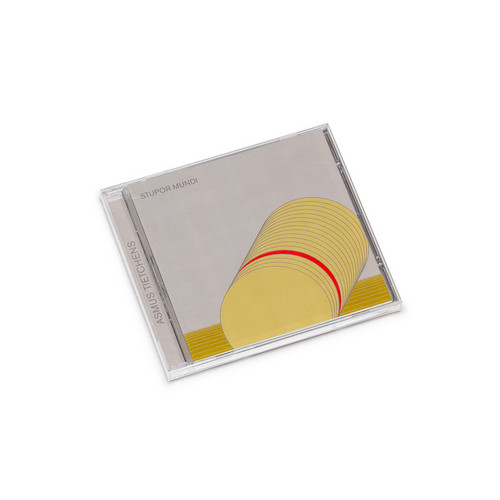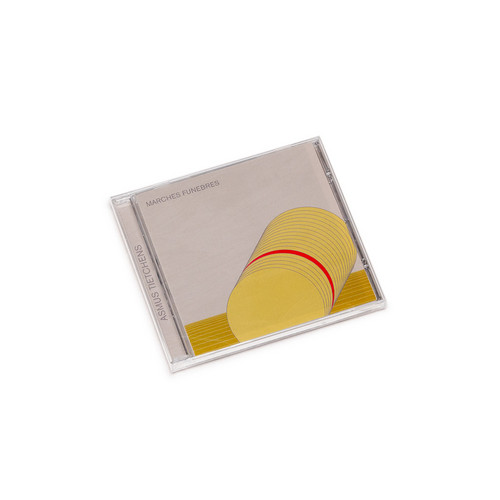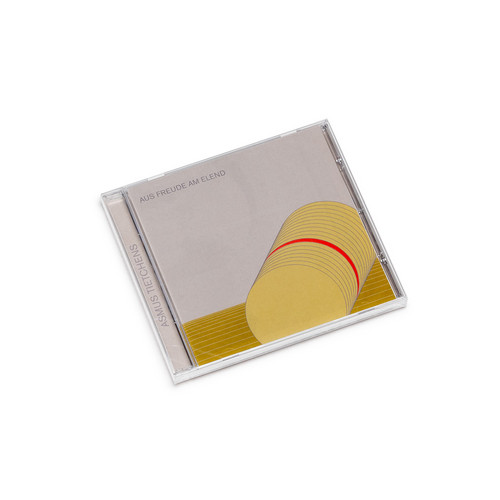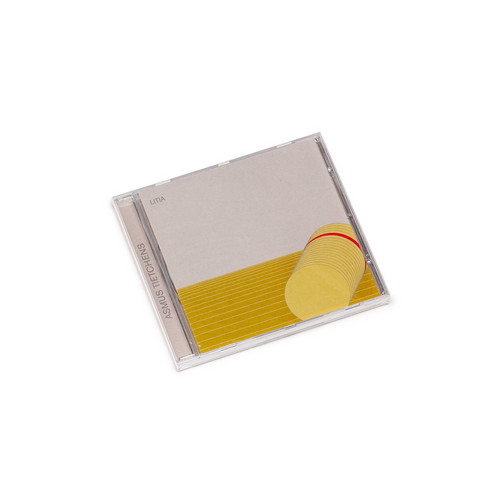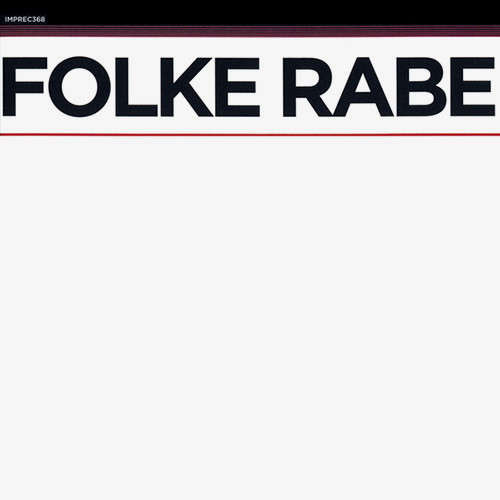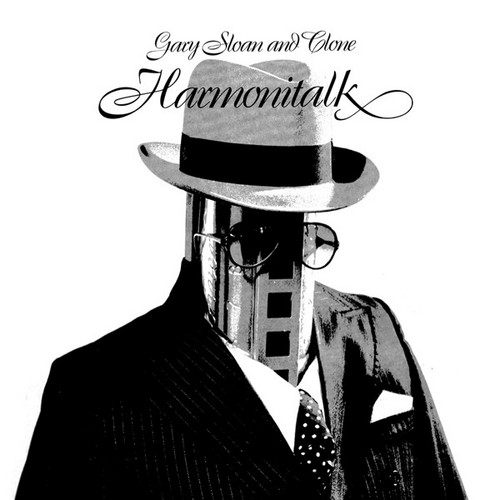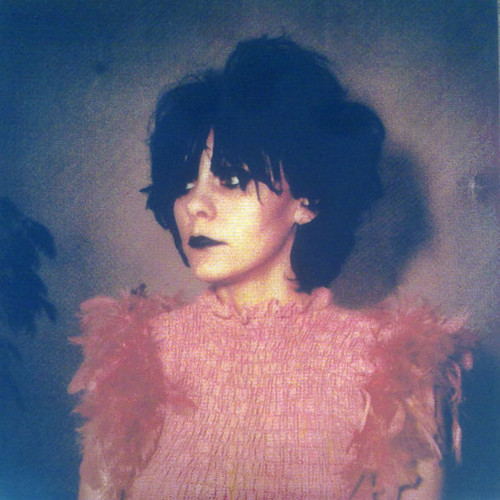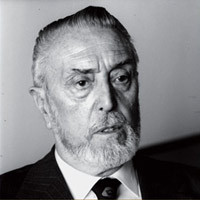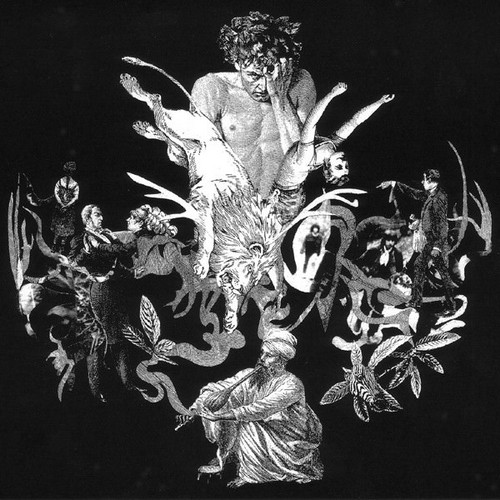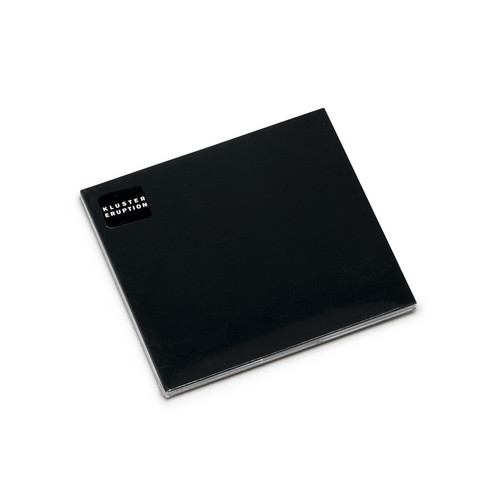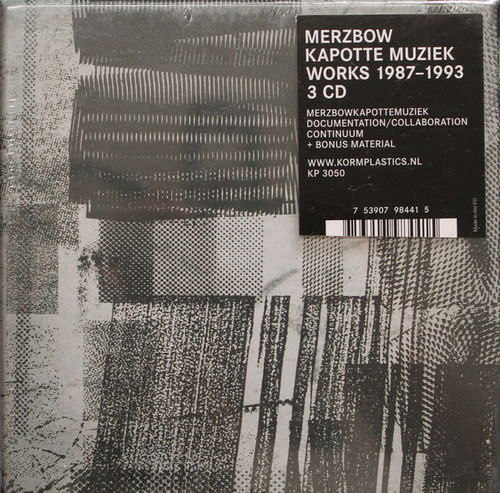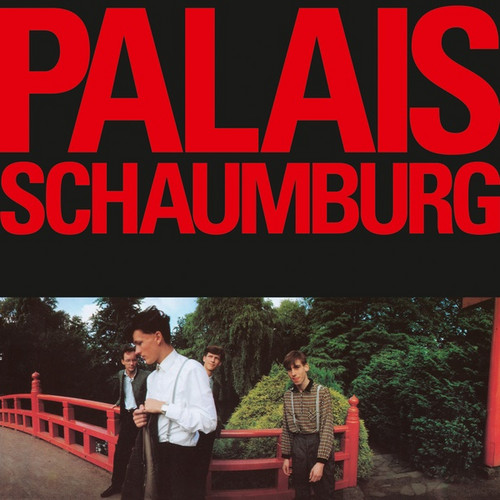Reissues
Gallipoli 1915 e le altre storie
Another double OLBM CD that testifies the remarkable work carried out within the New Wave phenomenon by Viridanse (from Alessandria, Piedmont) between 1983 and 1987. Despite its short existence, the group has left an important trace in a time when the world of music was already full of proposals. Influenced by the English Wave and the Florentine scene, Viridanse debut with a split-tape shared with The Art of Waiting. In 1984, Contempo Records produces their 12” EP "Benvenuto Cellini" and - the f…
Clear and Not Clear
Another due reissue of valuable New Wave materials “Made In Italy” that stretches around thirty-seven tracks contained on a double CD. Bi Nostalgia was the solo project of Luca Rigato, already part of the duo Endless Nostalgia. Composed and recorded between 1984 and 1987 (with the addition of one more recent unreleased track), all songs have been completely remastered from the original master tapes of "Anthems for Losers", "Dances of the Pessimism", "The Seeping Mouth”, “Cathedrals EP","Art Is N…
Engel Der Vernichtung
Oltrelanebbiailmare presents a double CD that collects the particular proposal of the never forgotten Engel Der Vernichtung from Rieti, Central Italy. Born in 1985 as a project by Federico Festuccia and Roberto Feliciangeli - soon joined by Daniele Arisi and Paolo Campanelli - the group took its disturbing name of "Angel of Destruction" from an Einstürzende Neubauten song. After several performances in deconsecrated churches and abandoned factories, Engel Vernichtung Der debut in 1986 with the c…
Stupor Mundi
Part 14th in the ongoing re-release series of all early Asmus Tietchens
Vinyl albums between 1980-1991. 'Stupor Mundi' (Discos Esplendor Geometrico
EGD 018) was originally released in 1990. This re-release comes with another poster booklet and feat. 4 Bonus tracks of unreleased material from the same period. Joint release with Auf Abwegen. 600 copies. Asmus Tietchens about the album: 'The opener of the album cites: 'Gitarren spielen kann ich leider noch nicht...' ('Unfortunately I can't play any…
Marches funèbres
Tracks 1 & 2 originally released on Marches Funebres LP (Multimood, 1989). Track 3 is a bonus track. Released as a joint release by German labels Die Stadt and Aufabwegen. Limited to 600 copies.
Aus Freude am Elend
11th part in the ongoing re-release series of all early Tietchens albums between 1980-1991. Aus Freude Am Elend is based on the human voice as a primary sound source and was originally released in edition of 500 copies on Dom America in 1988. The CD includes two previously unreleased tracks and comes in a jewel case with full color artwork and poster booklet also feat. The original front and back cover. First edition of 600 copies'. 'Following my research of piano and water sounds (DS102, DS88) …
Litia
Fifth part in the ongoing re-release series of all early vinyl albums by Tietchens on CD. This one from 1983 marks the end of his Sky 'phase' and was the last to feature his very own version of 'Synthesizer Pop Music' for some time (he'd only return to this music with the release of his Hematic Sunsets albums in the late 1990's). The CD also feat. the rare 'Rattenheu' 10 only release plus one unreleased archive track and comes in a transparent jewel-case with full colour poster booklet feat. a r…
What?
"What?? is a focused and grounding work produced by Swedish composer Folke Rabe in 1967. From his interest in sound phenomena and harmonics Rabe was able to make one of the most deep, moving pieces of sustained sound generated in this formative era of minimalist electronic composition. Initially reissued on Dexter's Cigar in 1997 and now available on Important with expanded packaging including archival materials furnished by the composer. Amplified infinity." "My interest in the makeup of variou…
Erkos / Galaxies (Chants Pour L'Autre Moitie Du Ciel Part I
Songs for the other half of the sky. With 'Erkos' (1990-91) and 'Galaxies' (1986-1996). Performed by Junko Ueda (satsuma biwa and voice) and Jean-Claude Eloy (sound projection). Erkos is a word from the Indo-European language and means song, praise. It is close to the Sanskrit word Arkas (hymn, chant, radiance) and to the Tokharien term Yarke (reverence, homage). The texts consist of extracts from the Devî-Upanishad and Devî-Mâhâtmya writings, in Sanskrit. In those texts, an homage is paid to t…
Butsumyoe / Sappho Hiketis
J.C. Eloy book (English text) around the cycle 'Songs for the other half of the sky' with the following pieces 'Butsumyoê', 'Sappho hikètis', 'Erkos', 'Galaxies', 'Gaia-songs'. Interview, documents, technicazl specification, photos. A CD with 'Butsumyoê' and 'Sappho hikètis'.'Butsumyôe' (1989). For voices, percussions and electroacoustic. With Yumi Nara and Fatima Miranda, voice and percussions. In 'Butsumyôe' ('The ceremony of Repentance') the singer Yumi Nara (soprano) occupies the function of…
Kamakala / Etude III / Fluctuante Immuable
One of the Jean Claude Eloy' most essential release 'Kâmakalâ. The Energy Triangle' (1971) for three orchestra ensembles, five chorus ensembles, with three conductors. Orchestra and chorus of the WDR, Schola Cantorum, Stuttgart. Conductors : Michel Tabachnik, Bernhard Kontarsky, Jacques Mercier. Kâmakalâ - a Sankrit term meaning energy triangle - refers to India's philosophy (Tantric Shivaïsm) and is expresses here as the appearance of energy, which is the erotic and cosmic energy (Kama), that w…
Harmonitalk
Amazing, utterly unique synth/prog/pop oddity from 1980, given a new lease of life by Finders Keepers (good luck trying to find the original LP on KM Records private press - you won't). A trio led by the mysterious Gary Sloan - whose harmonica, subjected to various electronic treatments and manipulations, is the lead instrument throughout - scaling giddy heights of new age majesty on 'Good Indian' and soloing gaily over the tautest, grooviest analogue pulsations on 'Harmonitalk'. Just whe…
The Garden
Limited Copies! By some mysterious and fantastic stroke of luck Sixtoo and Marco's Bully imprint have landed themselves the exclusive rights for this obscure third album from electronic psych masters The Silver Apples. Not only that but they have also now produced the first ever vinyl version of this seminal LP and have even dug deep enough to include some killer bonus cuts - never before heard. The band's name was inspired by the same poetic source that Morton Subotnick nabbed for his se…
Live At Cecil 02.01.1981 + Disco
Another lp in the ue archival series, ze barbies didnt release anything during their very short excistance. They only played for about 6 months in 1981. the band was formed in and around legendary punk bars/basements in Antwerp/Belgium such as Cinderella's ballroom, De Clown's etc. in a time where punx played tom and jerry with the local police almost non stop!While most bands from around here played straight forward punk, Ze Barbies played in a sloppier non music/no wave style, mainly thanx to …
Hippocosmos - Onuitgegeven Opnames 1967-1979
"A monster in the ultra eczema archival series, we have been wanting to put this out since some years now and are really proud of this great document!Paul De Vree was a very active man, a visual artist, a publisher of various books, editor of the international visual poetry revue "de tafelronde", and a intense international communicator with other artists and poets such as Sarenco from Italy, Henri Chopin from France, etc.this lp was released at the Symposium about Paul de Vree (1909-1982) under…
Lebenserinnerungen Eines Lepidopterologen
Unavailable for over 10 years, this new edition of 'Lebenserinnerungen Eines Lepidopterologen' ('Memoirs of a Lepidopterist') collects the collaborative and early solo works of Andreas Martin and Christoph Heemann as an extensive 2CD retrospective. Moving between minimalist guitar compositions, tape-music narratives, and an array of cascading electronics, each of Martin and Heemann's solo recordings blend seamlessly within the milieu of their collaborative work. While one can hear how this forge…
Narc Beacon/Nag Nag Bacon
Goodiepal or Gæoudjiparl van den Dobbelsteen, whose real name is Parl Kristian Bjørn Vester, is a controversial Danish/Faroese musician and composer. The eccentric and self-made Goodiepal has influenced the course of modern music through radical excursions into computer technology and media art. Until recently he has been employed as a teacher at DIEM (Danish Institute for Electro-acoustic Music) at the Royal Academy of Music in Aarhus, Denmark. Goodiepal declared intellectual war against …
Schwarz (Eruption)
Kluster was a short-lived project of three musicians/artists/performers: Dieter Moebius, Hans-Joachim Roedelius and Konrad Schnitzler. They recorded two albums in 1970, unprecedented in their experimental radicalism. Chaotic, apocalyptic (noise) improvisations, a sound later termed industrial music. Kluster disbanded as Moebius and Roedelius found the financial risk of bringing out a third album too daunting. Schnitzler decided to go ahead on his own, releasing the material they had recorded tog…
Works 1987-1993
Both of these projects hardly need an introduction. Merzbow is since the late '70s the project of Masami Akita working in the field of noise music, having released a few hundred CDs/LPs/cassettes by now. In 1987 Kapotte Muziek was then the solo project of Frans de Waard, after Christian Nijs left the group early '87. De Waard concentrated on working with other musicians, and started trading tapes with a few musicians he was already in contact with, and one of them was Merzbow. The first release …
Palais Schaumburg
The influential German post-punk electronic pop band Palais Schaumburg has reunited in the classic line-up. Since its release in 1981, their debut album has remained in a league of its own: fleet-footed and peculiar, abstract and pop, amateurish and savvy, it showed real alternatives to the then-pervasive crude search for identity found in the "new German wave." The band, which consisted entirely of divergent personalities, has reunited in this formation to rediscover their common ground, …
